High Courts – India
Indian High court act, 1861
High courts established at Calcutta, Bombay & Madras. Constitution states that there shall be HC in every state, but parliament has the power to establish a common HC for 2 or more states (At present 24 HC for 29 states & 7 UTs).
- Strength of HC is flexible (Unlike SC – which can be increased by parliament)
- President may from time to time appoint judges of HC, keeping in view amount of work before HC.
Appointment of High Court Judges
- Initiation of proposal for appointment of judges of HC must invariably be made by CJ of that HC
- Appointment is made with respect to recommendations of NJAC
Also read: The State Executive – Governor, COM & Advocate General
Composition of the NJAC – 6 members
- Chief Justice of India (Chairperson, ex officio)
- Two other senior judges of the Supreme Court next to the Chief Justice of India – ex officio
- The Union Minister of Law and Justice, ex-officio
- Two eminent persons (one of which would be from the SC or ST or OBC or Minority communities or a woman), for 3 years, not eligible for re-nomination, to be nominated by a committee consisting of:
- Chief Justice of India
- Prime Minister of India
- Leader of opposition in the Lok Sabha (where there is no such Leader of Opposition, then, the Leader of single largest Opposition Party in Lok Sabha)
Functions of the Commission
- Recommending persons to president for appointment as
- Chief Justice of India,
- Judges of the Supreme Court,
- Chief Justices of High Courts and other Judges of High Courts.
- Recommending transfer of Chief Justices and other Judges of High Courts from one High Court to any other High Court
- Ensuring that the persons recommended are of ability and integrity.
Appointment of Acting CJ, Additional Judges & Ad Hoc Judges – High Court
| Appointment of acting CJ | By President if CJ is ill or incapable to serve |
| Appointment of additional judges | Duly qualified persons as additional judges, for a period of not extending 2 years (when President thinks that there is temporary increase in business of HC) |
| Ad hoc judges | CJ of HC with prior permission to President may request retired HC judges to sit & act as a judge of HC for a temporary period. |
Tenure of High Court Judges
- 62 Years
- Any dispute regarding the age of judge of HC is decided by President in consultation with CJ of India
Removal of High Court Judges
- HC judge can resign by writing to President; or
- By same removal process as in case of SC judges
Salary of High Court Judges
- CJ > 2,50 L approx
- Others > 2,25 L approx
- From consolidated fund of State
Oath > before Governor (Unlike before President as in case of Supreme Court)
Qualification for High Court Judges
- Must be citizen of India
- Must have held a judicial office in territory of India for atleast 10 years or
- Must have been an advocate of HC in succession for 10 years.
After retirement a judge of HC cannot plead in a court or before any authority in India except in SC or HC other than in which he held office
Jurisdiction of High Court
Original Jurisdiction
- In civil cases with amount > 2000
- In criminal cases, authorised to them by President Magistrates
Appellate Jurisdiction
- All HCs entertain appeals in civil & criminal cases from their subordinate courts.
- They have, however, no jurisdiction over tribunals established by the law relating to armed forces of the country.
Writ Jurisdiction
- Jurisdiction to issue writs under HC is larger than the SC.
- SC can issue them only where a FR has been infringed whereas a HC can issue them, not only in such cases but also where an ordinary legal right has been infringed.
Administrative & supervisory Functions of HC
- HC supervise & controls the working of courts subordinate to them
- Frame rules & regulations for transactions of their business
- For ex. Transfers, Postings, Promotions etc.
- Not applicable in case of tribunals dealing with armed forces
- “HC acts as court of records & has power to punish its own contempt”.
Public interest litigation (PIL) – Appellate Jurisdiction
- Right to entertain PIL cases lies with Supreme Court and High Court only.
- A tool of judiciary to enforce legal & constitutional obligations towards executives & legislatures in interest of public at large.
- Basic aim of PIL is to render justice & help in promotion of well-being of public interest (not of individual’s interest > In individual’s case, writ petition for FR)
- Usually, relief provided by court is in form of directions or order of state including compensation to affected parties.
A PIL may also be introduced in a court of law by the court itself (suo motu), rather than the aggrieved party or another third party. It is a result of judicial activism, not mentioned in constitution or any law enacted by Parliament.
State Judiciary
- High Court
- System of subordinate courts, with HC at apex
| Subordinate Courts > District Courts | |
| Civil cases > District Judges | Criminal cases > Session Judges |
| Appointed by Governor in consultation with CJ of HC | |
Lok Adalat (People’s court)
- Legal services authority act, 1987 gave Statuary status to Lok Adalats
- Alternative dispute resolution system developed in India – Works under NALSA
- To provide speedy & economic justice to weaker sections of the society
- Focus in Lok adalat is on compromise, when no comprise is reached, matter goes back to the court
- No advocate, no witnesses examined, no court fee is levied.
- Resolves cases which have not yet gone to courts or are pending in courts
- Established at Central, state & district level > have their own funds
Revenue courts
- Land Revenue > Important source of income for government
- Since India is an agrarian country, therefore disputes relating to land revenue are quite common.
- Each district has separate courts for its land revenue system.
- Every dispute relating to land revenue 1st comes before Tehsildar.
- An appeal against decision of Tehsildar court lies in court of Deputy commissioner / Collector (DM).
- An appeal against the decision of DM can be made in court of commissioner / Magistrate.
- Further appeal can be made in Board of revenue, which forms highest court of land in revenue matters.
Full faith & Credit
- Final judgment or orders delivered by civil courts in any part of the territory of India shall be capable of execution anywhere in India
- Clause only applicable to civil courts not on criminal courts.
If you’re passionate about building a successful blogging website, check out this helpful guide at Coding Tag – How to Start a Successful Blog. It offers practical steps and expert tips to kickstart your blogging journey!
For dedicated UPSC exam preparation, we highly recommend visiting www.iasmania.com. It offers well-structured resources, current affairs, and subject-wise notes tailored specifically for aspirants. Start your journey today!

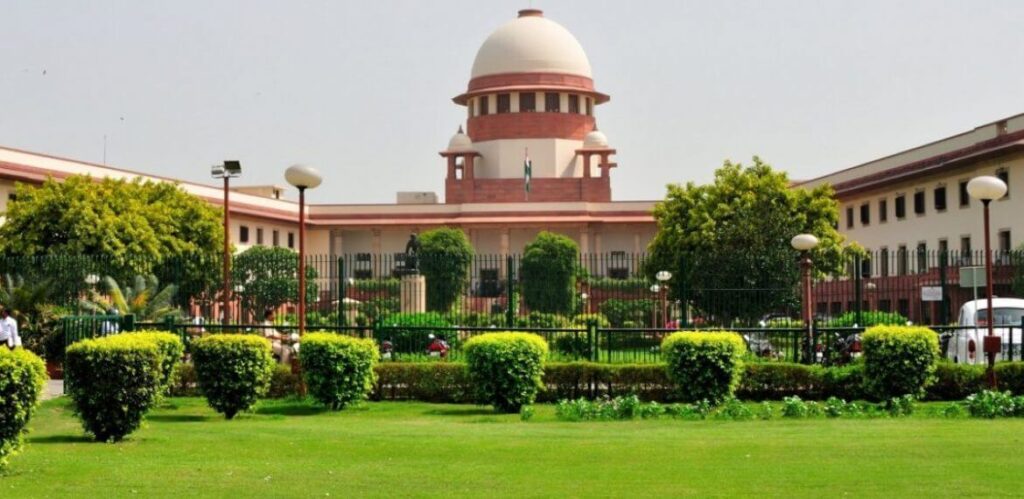
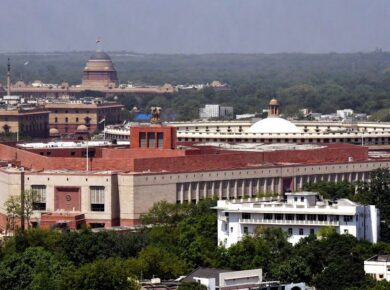

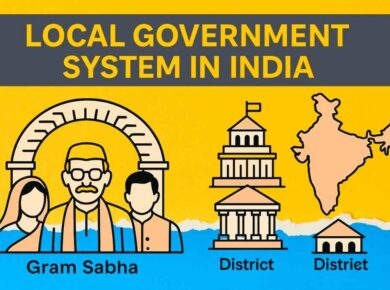


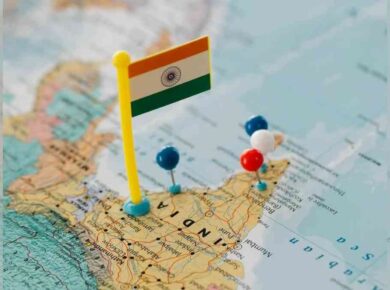
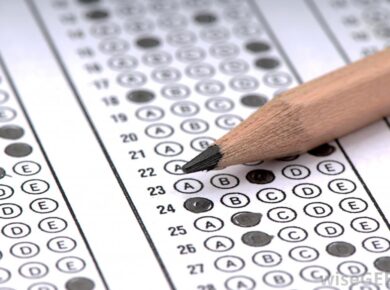

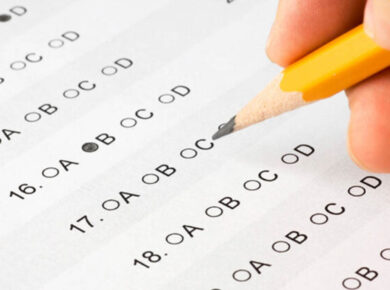
1 comment
plz note- HC judges pension comes from Consolidated Fund of India. but salary and allowances from Consolidated Fund of State.